A Guide to Split-Level House Plans
Split-level homes flooded the housing market after World War II as families started rapidly growing, requiring three-bedroom homes to accommodate their expanding family trees. Architects had the challenge of fitting these larger homes in increasingly smaller lots.
The staggered structure of split-level houses offers plenty of interior and exterior space, optimal for maneuvering around family members and house guests. These homes are becoming increasingly popular, reviving their once-outdated appeal.
What Is a Split-Level House?
A split-level house has two or more staggered levels, each connected with half-staircases. This style of home differs from the traditional home layout, where two clearly-defined floors connect with a full flight of stairs.
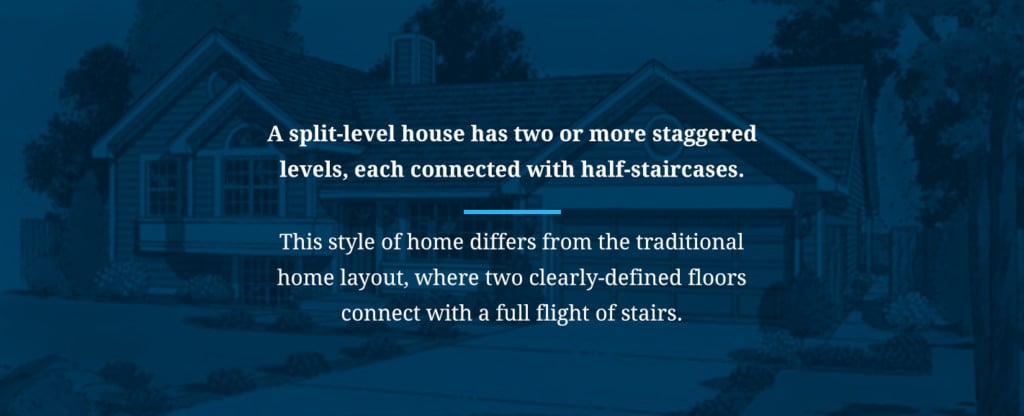
Interior Characteristics
No one floor holds the home’s entire footprint. Generally, the front door opens to a landing between levels where you’ll find the half-stairways. Layouts vary greatly, but in general, the main level has the kitchen, living room and dining room.
The upper level holds the bathrooms and bedrooms, and, depending on the number of floors, the lower level homes a third bedroom and the family room. If your floor plan includes an attached garage, you can enter the main or lower levels through an interior door, a convenience some homes don’t offer.
Exterior Characteristics
Modern split-level house plans eliminate the previously awkwardly-shaped exterior, now offering a high level of curb appeal. Contractors have the option to build split-level homes on sloped landscapes that they don’t have with other styles. Because of the home’s vertical build, homeowners have more room to be creative with the extra yard space.
5 Benefits of Split-Level Houses
Ranch-style homes are growing in popularity thanks to the increasing number of millennials entering their home-buying years. Split-level houses are related to this style of home, but offer double the benefits with fluid living spaces and practicality. Some other benefits include:
1. Better Separation Between Floors
No other house style offers the same balance between openness and privacy that a split-level house does. To go between floors, family members only have to climb up and down the half-staircases.
This quality makes this house style optimal for multi-generational families, specifically those with younger children and older adults. Compared to the larger staircases found in traditional two-story family homes, split-level homes make it easier for these family members to move around the house.
Another bonus to half-staircases is that cleaning is more manageable since you no longer have to lug bulky cleaning items, like vacuums, up long staircases, or navigate around maze-like rooms and hallways.
2. Less Noise Travel
If you work from home, you’ll love your home office in this style of floor plan. Set up your workspace on the upper or lower levels to buffer everyday household noises, like excited or upset children, vacuuming or barking dogs.The lower level is a great space for hobbies, especially those requiring lots of noise and movement, like exercising, recording music, playing the piano and video gaming. You can feel comfortable practicing your talents while family members sleep or relax on the top floor.

3. More Accommodations for Guests
Some homeowners choose to renovate the basement to accommodate any guests. The versatile lower level can double as an in-law suite for older adults. Or, for the young adults in your family, they can have their own living space as they graduate and transition to a more independent lifestyle.
The basic shape of a split-level house makes for easy renovations. To better accommodate guests while keeping your recreational area, you can continue the upward growth and consider building a finished loft space.
People who are money-savvy can renovate the bottom floor to rent out. Adding an apartment works especially well with plans with walkout basements. Attached garages typically connect to the lower level family rooms, adding an extra value of privacy.
4. Maximize Yard Space
One of the largest benefits of split-level homes is their versatility, namely for construction on steep and sloping lots. Contractors adjust the home’s foundation to match the terrain, making choosing the right lot less stressful.
The vertical build of the interior allows more room to be creative with the exterior. Families may consider building expansive play areas for their little adventurers, gardens to itch their green thumbs or expansive decks for relaxing and hosting friends and family.
5. More Affordable
Split-level homes are great options for first-time homebuyers. Even though they are growing in popularity, this style has a lower demand than other sought-after homes. However, you can usually buy the same amount of square footage for less money with this layout, saving room in your budget to spend on other things.
You will also save money when buying your lot. The vertical layering allows more square footage without consuming large amounts of exterior space, meaning you can buy a much smaller lot than a traditional style home with comparable features.
The benefit of construction on steep and sloping lots saves you even more money, claiming less adaptable lots without the added costs of excavation.
Common Types of Split-Level House Plans
The exterior and interior characteristics of a split-level house plan vary depending on the type of split. The most common variations include:
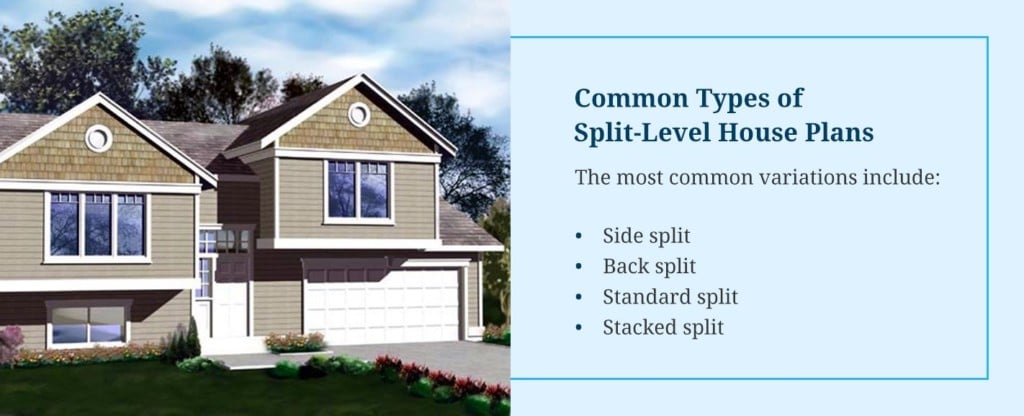
- Side split: A side split separates the living area from the bedrooms, and the split is visible from the front of the house.
- Back split: Very similar to a side split, back split floor plans separate the living area from the bedrooms, but the multiple levels are seen only from the side of the exterior. The front of the house looks like a one-story home, and the back looks like a two-story home.
- Standard split: The ground-level entrance to this split-level house opens to half-staircases leading to the upper and lower levels. A typical standard split has the garage or family room on the bottom, the kitchen, living and dining room in the middle, and the bedrooms and bathrooms on the top.
- Stacked split: Similar to the standard split, this type of house plan has a ground-level entrance between the bottom and middle levels. Stack splits typically have four or five floors with the same number of half-staircases. Following the same pattern as before, the bottom level contains the basement and family room, the middle has the kitchen, living and dining rooms, and the bedrooms continue the upward pattern.
Consider your preference of curb appeal when selecting a split variation. Do you want the home’s front to look like a split-level home, a one-story home or a traditional two-story home? What kind of landscaping will you have? Do you want a deck?
Most split-level house plans come with an attached garage option if a garage is not already included in the layout. Evaluate your needs. Will you need more storage space? Do you prefer to keep your cars protected from the elements? Are you going to rent out the lower-level for extra money?
Think of these factors before deciding on a house plan. Talk to your design team about your personalized needs, and they’ll help you choose the right plan for you.
3 Examples of Split-Level House Plans
Family Home Plans is proud to offer quality house plans in every style, type, size and price range to match your needs. With so many split-level variations to choose from, consider these three examples to begin your search:

1. Traditional Split-Level House Plan
This stacked split house plan is well suited for growing families. When arriving home, you can park your car in the two-car garage and go into the main entry area directly from the garage. This 983-square-foot house makes the most of that space with three bedrooms and two full baths.
In addition to the family room, the lowest level contains one bedroom and one bathroom. You can use this space for the young or older adult in your family who needs occasional privacy from other family members. Or, if you work from home, the bedroom space will work great as your home office since it’s situated away from the noise on the main level.
From the front door, you’ll walk up the half-staircase and enter the open-concept living and dining room. Connected to the dining room is a kitchen fit for the chef in your family, equipped with plenty of counter space, cabinet storage and a large pantry. Leading outside the dining room, you’ll find an expansive deck with a staircase to your backyard.
Opposite from the living room is another half-staircase leading to the upper level of your home. Here, you’ll find your master and second bedrooms, separated by the second full bath. Like most side split homes, this area of the house sits on top of the garage, optimizing the interior space.
2. Side Split-Level House Plan
A split house plan with great curb appeal, this traditional style home is 984 square feet and features three bedrooms and two full baths. The two-car garage has a direct entrance to the main level and backyard patio. Upon entering the home, you’re greeted with an open-concept dining and living room.
Branching off the dining room is a quaint kitchen will wall-to-wall countering and storage space. Venturing back into the living room, you’ll find two half-staircases, one leading to the upper level and the other to an unfinished basement. A budget-friendly option, this space can easily be renovated in the future to match your family’s evolving needs.
The upper-level holds three bedrooms, perfect for keeping the little ones close. The third and second bedrooms are similar in size, both with comfortably sized closets. Across from these bedrooms is the first full bath, situated close to the living and dining area, so it’s convenient for guests. The roomy master bedroom has access to the private second bathroom.
3. Standard Split-Level House Plan
This standard split variation features an exterior influenced by colonial styling with red brick and grand white columns. At 996 square feet, this house is perfect for first-time homebuyers or older adults. It features two bedrooms, a full four-piece bath and an open concept living area.
An entryway suited with a jacket closet and half-staircase leading to the living area greets you as you enter through the front door. Your living room, kitchen and dining area flow seamlessly together, perfect for hosting dinner parties or staying connected with family members.
To the left of the living area is your two bedrooms, separated by a full bathroom with a shower and bath. Your master bedroom offers plenty of furniture space, not to mention the expansive walk-in closet for your clothes and accessories.
Your second bedroom is yours to transform. Whether you want a second bedroom for visiting friends and family, the perfect at-home office or a hobby room to practice your talents, this quaint area provides you with the space to do it.
Split-Level House Plans FAQ
If you’re considering building your own home, you’re likely going to have some questions. We’ve gathered and answered the questions we hear the most, so take a look and hopefully get your questions answered, too:
1. What Is a Split-Level House Plan?
A split-level home plan, similar to a ranch home, balances the benefits of openness and privacy. The floor plan varies depending on the type of split, but in general, it has two or more staggered floors to maximize both interior and exterior space.
In a standard split, the front door opens to a landing between the main and upper levels, connected by half-staircases. The main level holds the living room, dining room and kitchen, and the upper level holds the bedrooms and bathrooms.
Some split-level house plans include an attached garage, but it’s not always a necessity. Similarly, some homeowners choose to build a deck branching from the highest side of the split. Evaluate your family’s needs and choose a house plan that best meets them.
2. Why Are Split-Level Houses Popular?
Most popular after World War II, split-level homes are again growing in popularity following a generational dip in customer appeal. Fit for multi-generational families and new homeowners, this style space-efficient. You’ll receive the same square footage without the higher price tag of traditional two-story homes with similar qualities.
Versatility places a large role in the style’s popularity, too. As noted above, you have options of an attached garage, expansive deck, finished or unfinished basement, a variety of splits, yard potential and other expansions.
3. Where Are Split-Level Houses Popular?
This home style is most common in the suburbs of the eastern and midwestern U.S. where terrains vary in elevation. Rolling hills, mountains and valleys make construction difficult, often increasing the costs of building due to necessary excavation to accommodate the home’s foundation.
Split-level homes are extremely flexible in terms of construction. Their staggered layers and foundation are easier for contractors to manipulate, ultimately saving you those extra costs.
4. What Are Some Common Ways to Decorate a Split-Level House?
Your split-level house is yours to transform! We’ve seen our customers use their entryway as a mudroom, equipped with custom-built shelves shaped to the half-staircases, holding shoes, purses, backpacks, decor pieces, books, plants or whatever else fit their family’s needs.
Some transformed their open-concept living area to feel cozy and child-friendly, while others took a more rustic approach and used carefully chosen decor pieces, like wooden tables and forest green accents, to feel like a lodge in the mountains.
Customers even took a luxurious approach, making their home feel like a New York City loft by installing low-hanging chandeliers and using the wall space as an art collage in their entryways and hallways. The options are truly endless.
Browse Split-Level House Plans by Family Home Plans
With so many options, finding a new house plan customized to your family can be overwhelming. Our experienced professionals provide stock blueprints to help you find the best plan quickly, taking you one step closer to living in your dream home.
Having an architect design and draw a custom split-level floor plan can put a huge dent in your pocket, costing upwards of $10,000. Choosing Family Home Plans means saving approximately 80% by selecting one of our in-stock, quickly available single-family home plans.
If you have any questions regarding split-level homes or other home plans, our friendly customer service team is eager to help. Contact us today to start your search for your dream home at an affordable price.
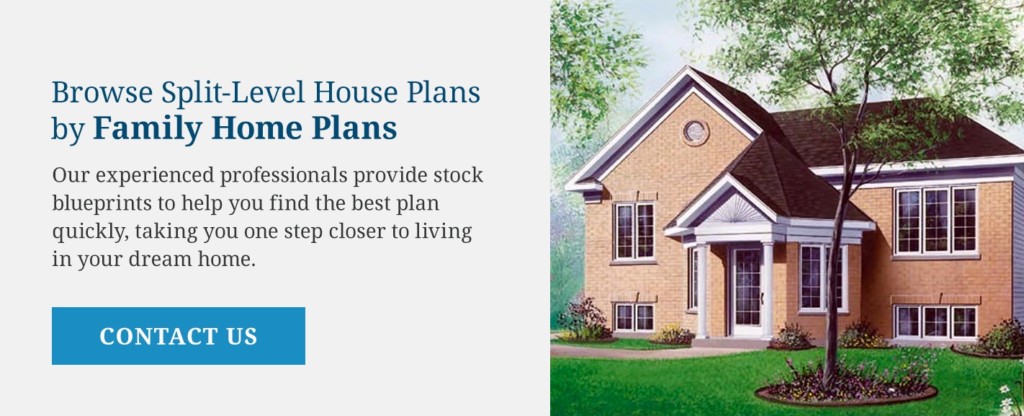

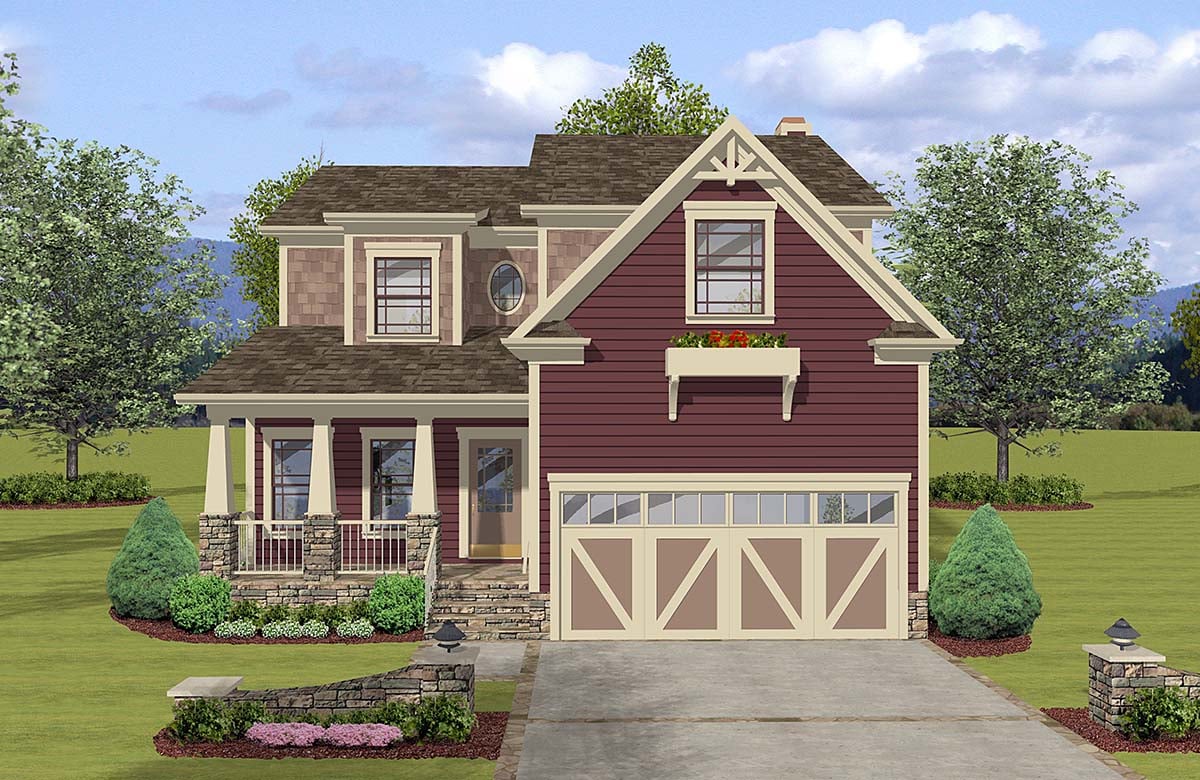
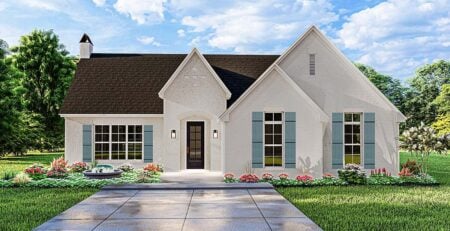
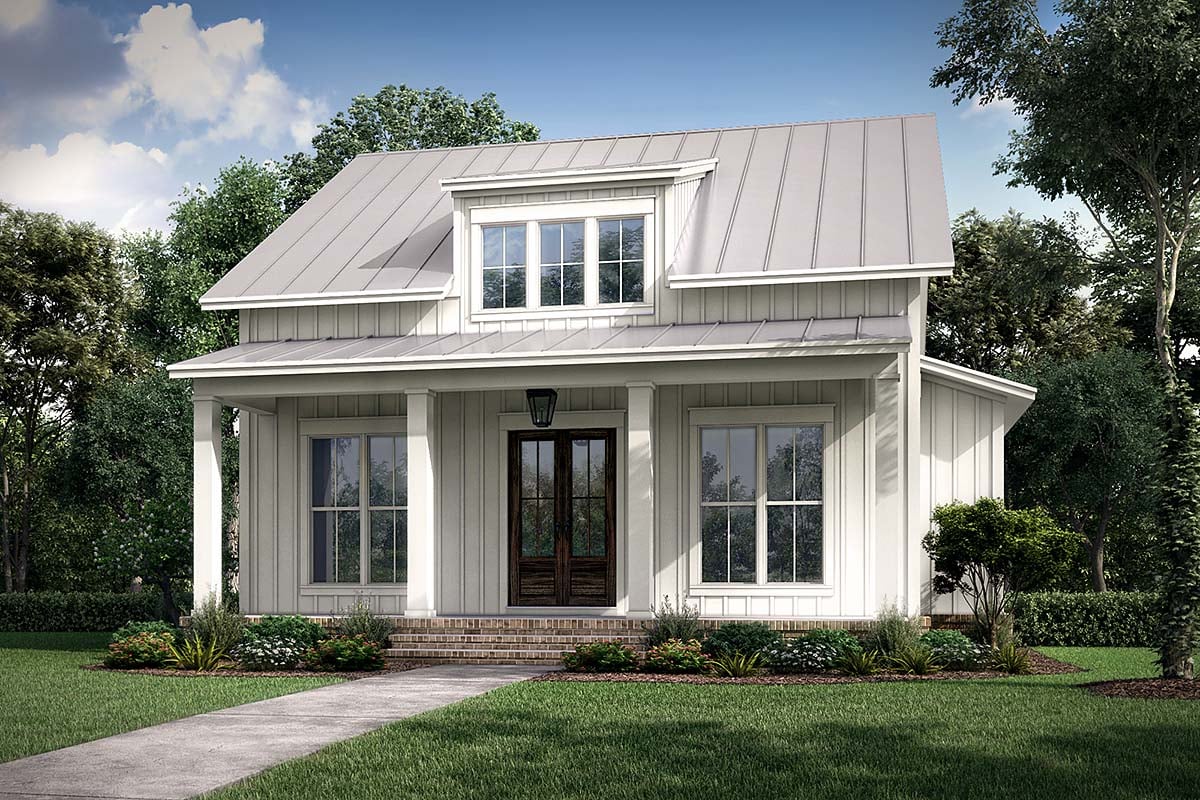
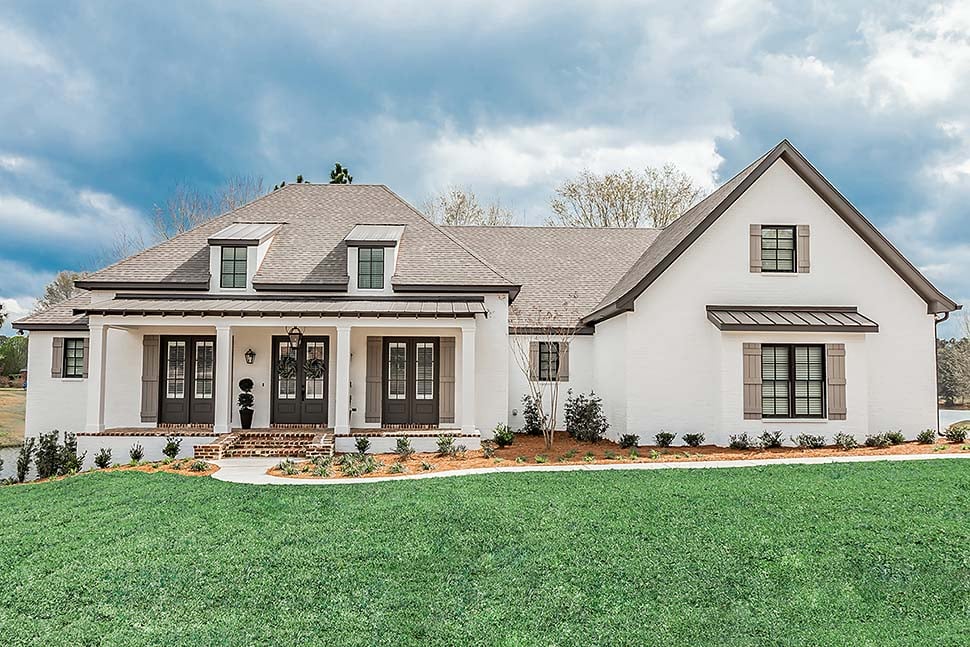
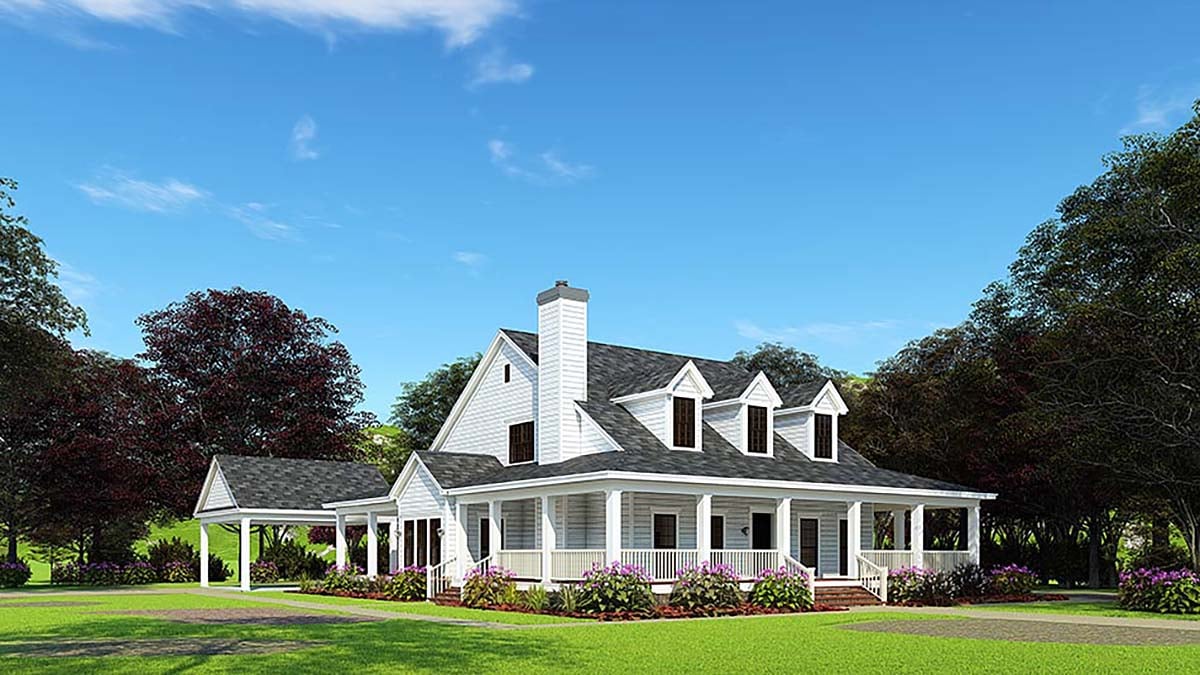
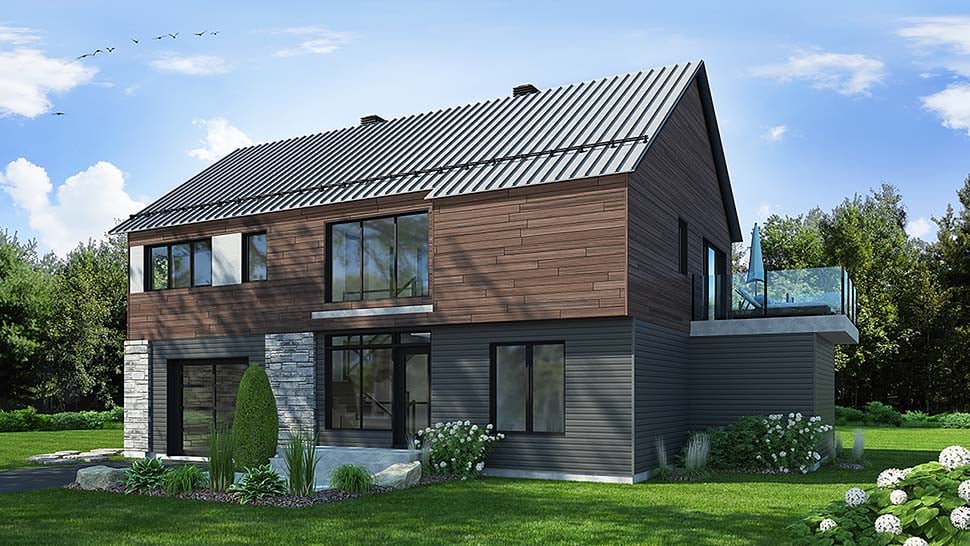
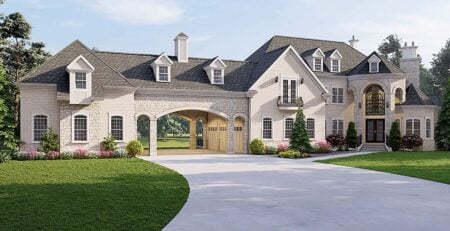
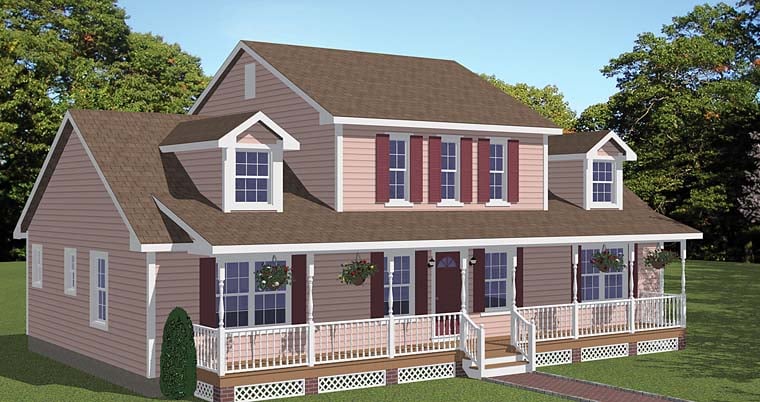
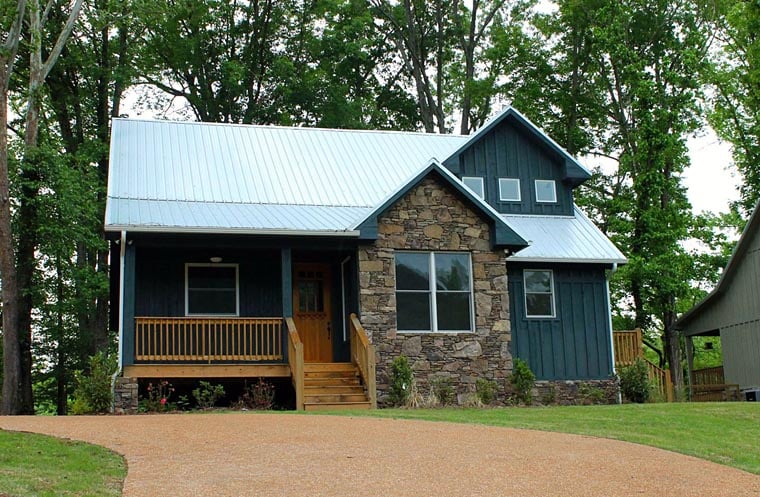
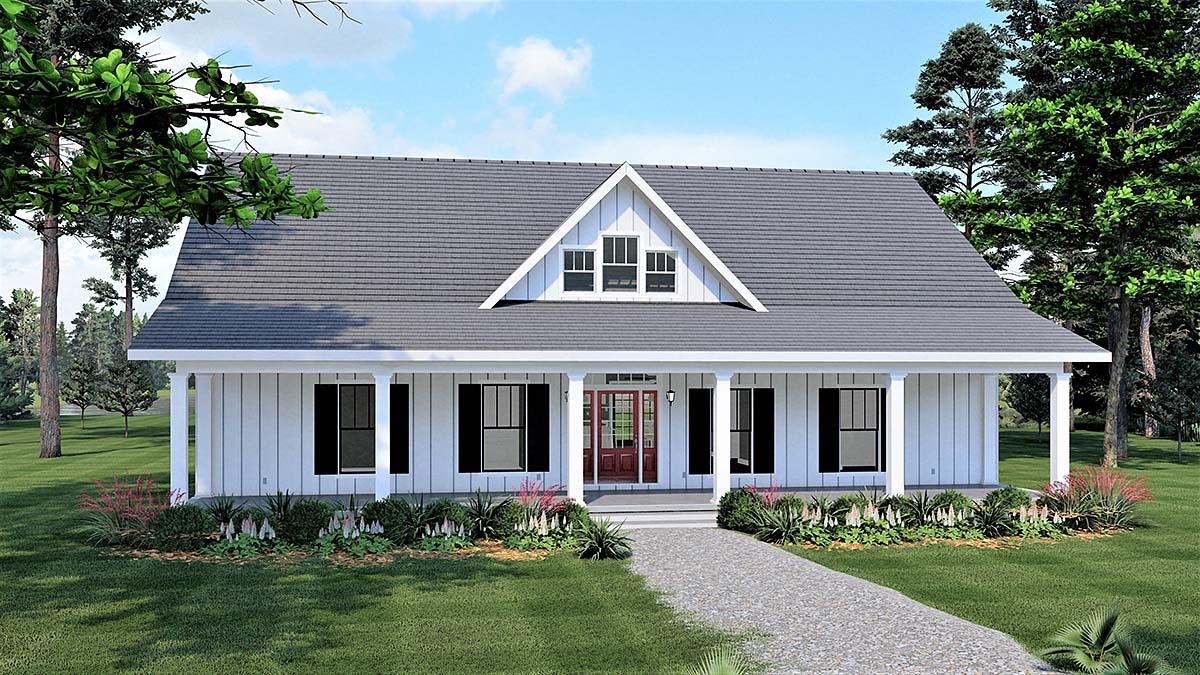
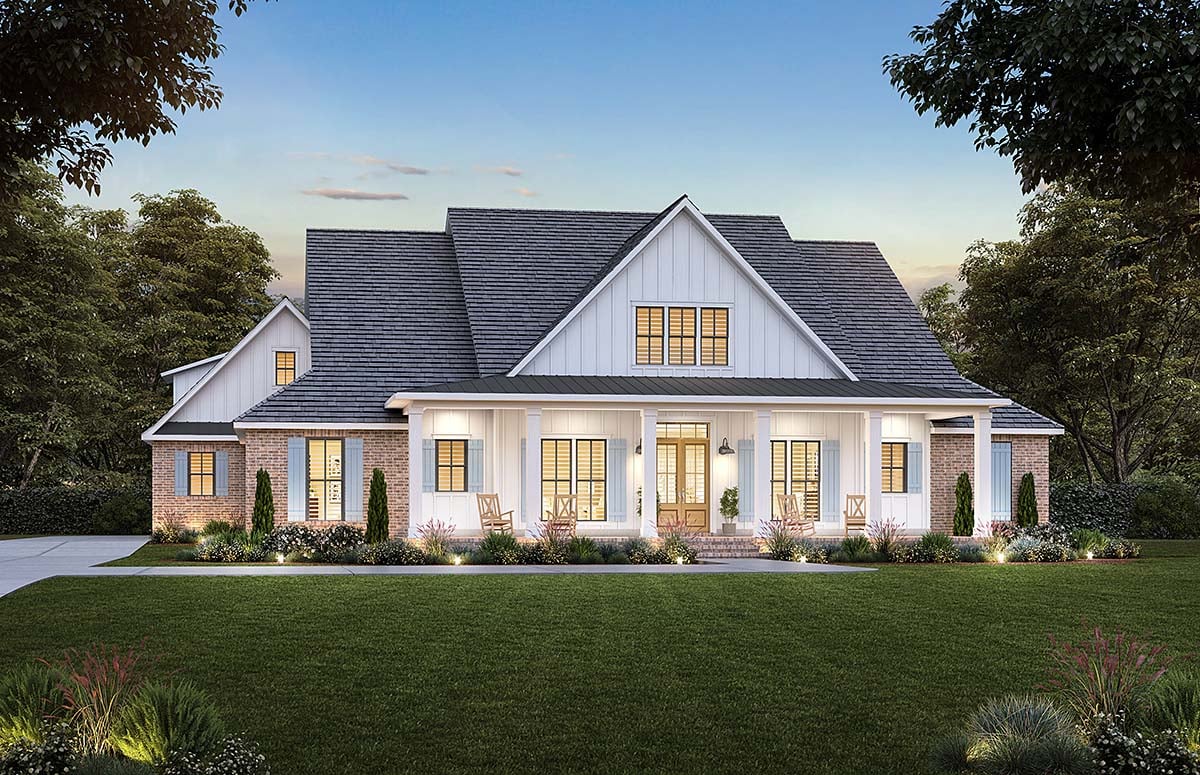

Leave a Reply